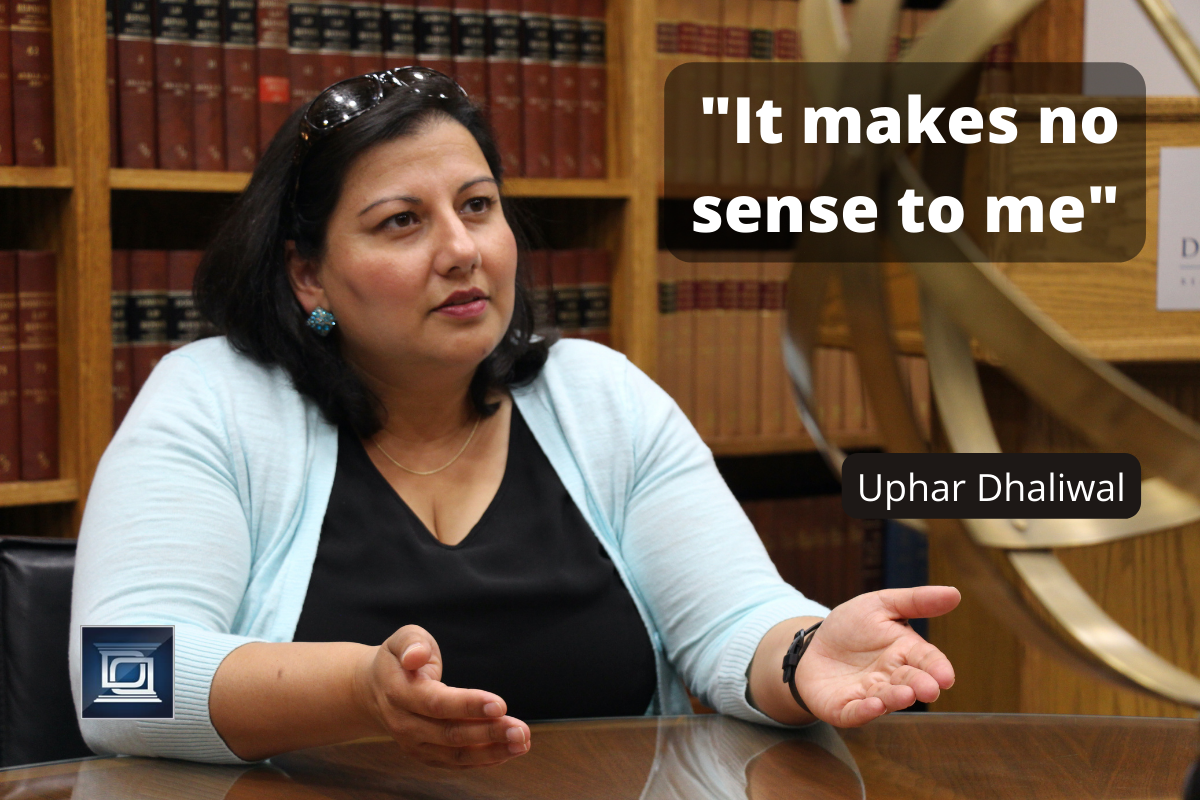International adoption is a bit more complicated than adoption from within Canada, but that doesn’t mean it’s impossible.
Quite the opposite, in fact, since from 1999 to 2009, nearly 21,000 children were adopted from other countries.

How does International Adoption Work?
In order to be eligible for an international adoption, you first must meet the adoption requirements for both Canada and the country from which you are looking to adopt.
The requirements for different countries can vary, so you will need to check to see what these requirements are before continuing with the adoption process.
Provided you are eligible to adopt, you will need to complete two separate processes: the adoption process and the immigration process.
Adoption Process
To start the adoption process, you must contact your provincial or territorial adoption central authority. Each province/territory has one, and these organizations manage both domestic and international adoptions.
Here in British Columbia, the adoption central authority is a part of the Ministry of Children and Family Development.
The Ministry can help you determine whether or not you will need to contact a licensed adoption agency. They will also advise you on the adoption laws of the country that you want to adopt the child from.
While these laws differ from country to country, Canada is a member of the Hague Convention (HCCH), which works to solve differences in legislation between countries. The Hague Convention makes the international adoption process easier when both countries are members.
You can find the full list of Hague Convention countries on the HCCH site.

Immigration Process
Because the child you want to adopt is a citizen of a different country, Canadian law also requires that your child immigrate to Canada.
There are actually two different processes for this. One is the immigration process, and the other is the citizenship process.
IRCC explains when to use which process on their website:
“If at least one adoptive parent was a Canadian citizen at the time of adoption, and the adoptive parent is able to pass on Canadian citizenship by descent to the adopted person:
You can choose to use either the citizenship or the immigration process except in certain situations.”
There are exceptions to this rule, however:
You must use the citizenship process if the adopted person will not live in Canada immediately after the adoption and citizenship processes are complete.
You must use the immigration process if neither parent was a Canadian citizen when the adoption took place, or you are subject to the first generation limit to citizenship by descent unless you are eligible to benefit from one of the exceptions to the first generation limit, or
if both parents are permanent residents at the time of adoption.
For a more in-depth breakdown of the differences between the immigration process and citizenship process in terms of adoption, you can check out the choose a process guide on the IRCC website.
How this all Blends Together
The entire process of adopting internationally will look something like this:
- Research and Preparation: Begin by researching international adoption agencies licensed in BC. These agencies specialize in facilitating international adoptions and can guide you through the process. Choose an agency that is reputable and has experience with adoptions in the country you are interested in.
- Home Study: A home study is a comprehensive assessment of the prospective adoptive parents’ suitability to adopt. It involves interviews, background checks, home visits, and the collection of documents and references. The home study is conducted by a licensed social worker or adoption professional in BC.
- Adoption Application: Once the home study is completed, you will submit an adoption application to the Ministry of Children and Family Development (MCFD) in BC. This application includes various forms, supporting documents, and fees.
- Matching and Placement: The international adoption agency will work with you to identify a suitable child for adoption based on your preferences, eligibility, and the availability of children in the country you have chosen. Once a match is made, you will receive information about the child and may have the opportunity to review their medical records, photographs, and background information.
- Immigration and Documentation: As part of the international adoption process, you will need to navigate immigration procedures to bring the child to Canada. This includes obtaining immigration approvals, visas, and other required documentation.
- Post-Placement Supervision: After the child arrives in BC, a post-placement supervision period begins. The adoption agency or a social worker will conduct visits to ensure the child’s well-being and assess the adjustment and attachment between the child and their new family.
- Adoption Finalization: Once the post-placement supervision period is complete, you can apply to the BC Supreme Court to obtain a final adoption order. The court will review the adoption application and relevant documents, and if satisfied, grant the adoption order, legally finalizing the adoption.
Luckily, if you’re in need of help with your international adoption, Dhanu Dhaliwal Law Group provides immigration law services in addition to family law. We can be your one-stop for all legal matters pertaining to your adoption.
Call our office today, or fill out our confidential contact form to get started with your international adoption!






